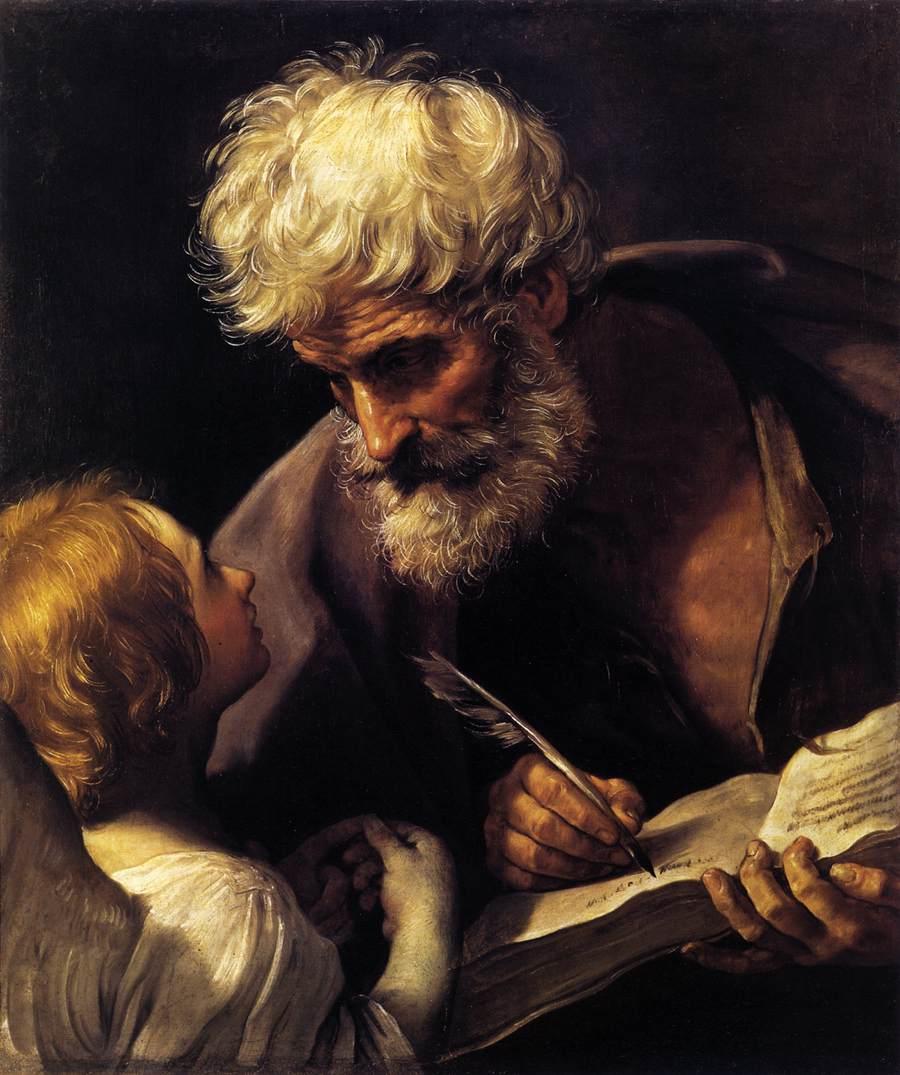Reading the Old Testament in the New: The Gospel of Matthew
Lesson Five: Riddles of Rejection, Rock of Foundation

Lesson Objectives
- To read Matthew 11-18 with understanding.
- To understand the Old Testament background to Jesus’ teaching in parables.
- To understand the deep Old Testament context by which Matthew conveys that Jesus is the long-awaited Messiah and the Church is the restoration of the Davidic Kingdom.
I. Review and Overview
With this lesson we move into the third and fourth "books" of Matthew’s Gospel.
In Matthew’s prologue (see Matthew 1:1-2:23) and first book (see Matthew 3:1-7:29), the evangelist introduced us to the person of Jesus - His birth, ancestry, and early work, climaxing with the Sermon on the Mount (see Matthew 5-7).
In his second book (see Matthew 8:1-10:42), he showed us Jesus’ mighty powers and deeds and His choosing of twelve Apostles to preach to "the lost sheep of the house of Israel" that "the Kingdom of Heaven is at hand" (see Matthew 10:6-7).
In the third book we see the rejection of Jesus by Israel (see Matthew 11:1-13:58), and in the fourth (see Matthew 14:1-18:35), the founding of a new people of God, the Church.
As we have seen in our earlier lessons, Matthew’s story in these two "books" is built on an Old Testament sub-structure that provides.
Other Lessons
- Lesson One: Learning to Listen for Echoes: A New Approach to the New Testament
- To understand how important the Old Testament is to reading and interpreting the New Testament.
- To learn what “typology” is and to appreciate its significance for reading the New Testament.
- To understand the relationship between the writers of the New Testament and other first-century Jewish interpreters of Scripture.
- Lesson Two: Son of David, Son of Abraham
- To read Matthew 1-2 with understanding.
- To learn the Old Testament history and background behind the quotations and allusions used in the prologue to Matthew’s gospel.
- To gain a fuller appreciation of Matthew’s depiction of Jesus as a “new Moses.”
- Lesson Three: ‘Not to Abolish, But to Fulfill’
- To read Matthew 3-7 with understanding.
- To understand the Old Testament background and allusions in Matthew’s depictions of John the Baptist, the Baptism of Jesus and His temptation in the wilderness.
- To understand the crucial importance of Jesus’ summary in the Sermon on the Mount: “Do not think that I have come to abolish the law or the prophets. I have come not to abolish but to fulfill.”
- Lesson Four: Healing and Restoration
- To read Matthew 8-10 with understanding.
- To understand the Old Testament background and allusions in Matthew’s depiction of Jesus’ healings and other miracles and the growing tensions with the scribes and Pharisees.
- To understand how Matthew uses evocations of select Old Testament prophets to convey that in Jesus, the long-anticipated “restoration” of Israel has begun.
- Lesson Six: David’s Son, David’s Lord
- To read Matthew 19-28 with understanding.
- To understand the Old Testament background to Matthew’s depiction of Jesus’ entry into Jerusalem, His Passion and death.
- To understand the deep Old Testament context by which Matthew conveys that Jesus is the long-awaited “Son of David” and the “Son of God.”